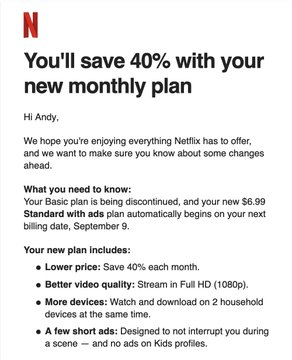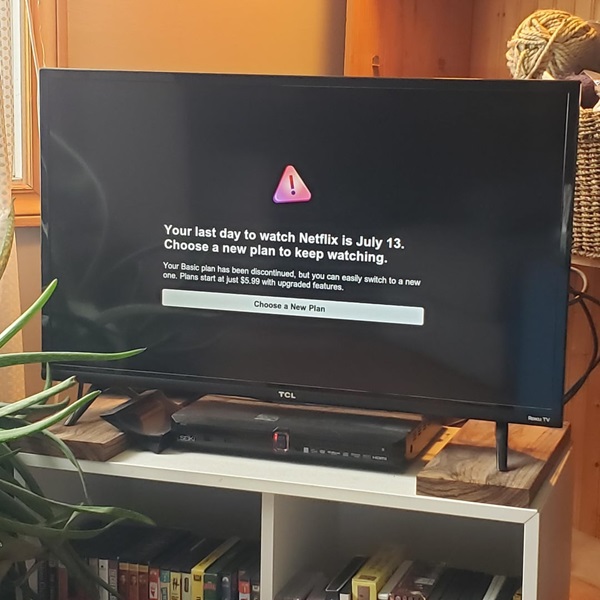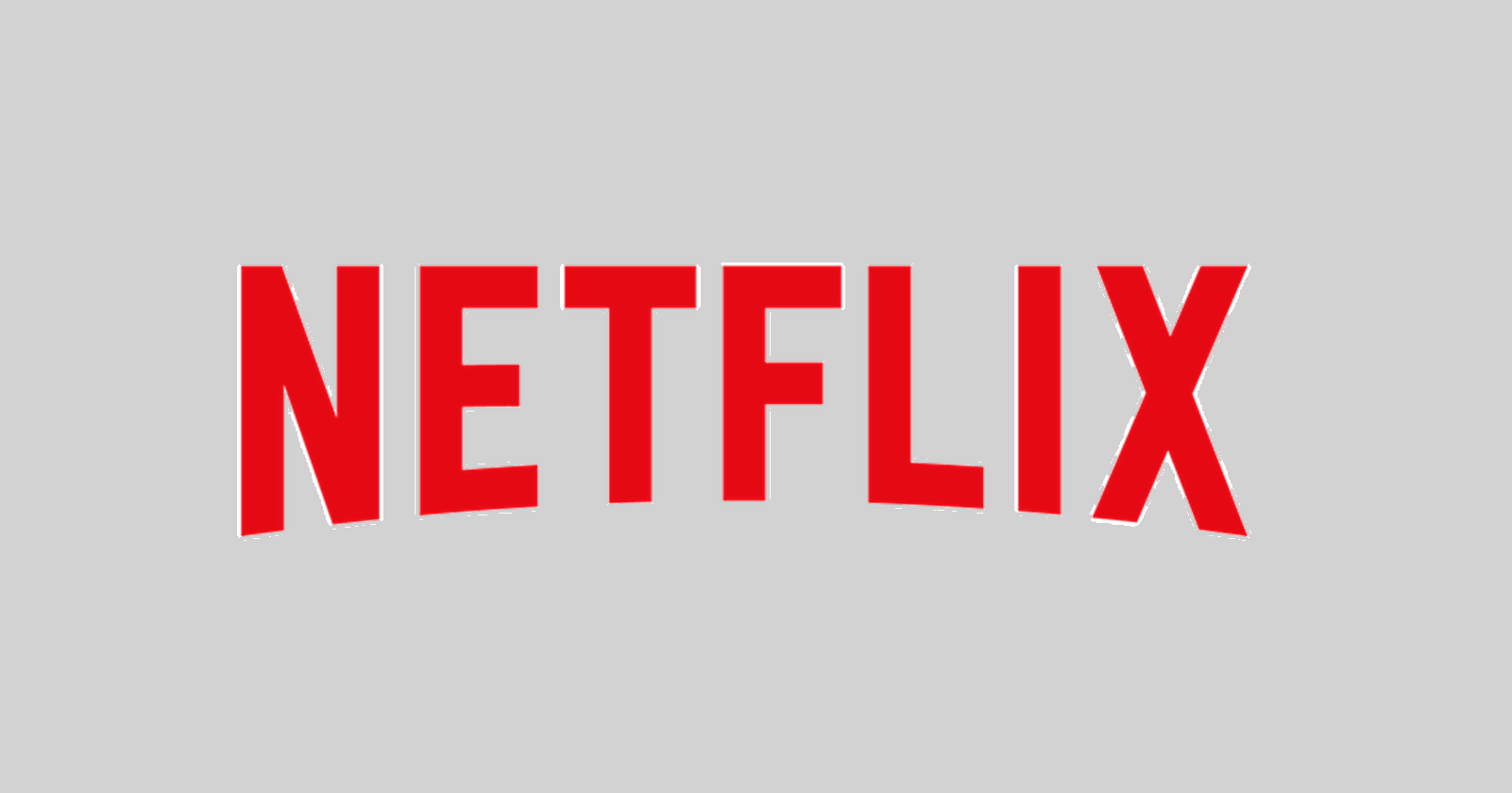Netflix users are not having it. The streaming giant’s recent decision to scrap its basic ad-free plan has ignited a firestorm of complaints and cancellations, with many subscribers feeling cornered and irate.
For years, Netflix was the antidote to the dreaded commercial break. But those days are over, as Netflix joins the ranks of the ad infused. The company’s reasoning? Apparently, they need more money, despite boasting a cool $15 billion in gross profit for 2023.
In July 2024, Netflix began phasing out its cheapest ad-free option, the Basic plan, which had been a haven for budget-conscious streamers at a decent $11.99 per month. Instead, Netflix is nudging users towards three other options: the ad-supported plan at $6.99, the Standard plan at $15.49, and the Premium plan at a hefty $22.99 per month.
But here’s the rub: users who prized ad-free viewing now have two, not-so-great options. They can either fork over an extra $3.50 a month for the ad-free Standard plan or endure a barrage of commercials while clinging to the new, ad-laden $6.99 plan.

Unsurprisingly, Netflix users, some who’ve been loyal since the DVD mailer days, are less than thrilled. They’ve taken to social media to vent their frustrations, with many users canceling their subscriptions in protest. “Been a loyal customer for over 20 years,” lamented one user. “This feels like an opportunity to do more with my life,” they added, with a touch of sarcasm.
Another user pointed out the absurdity of it all: “They barely had enough content to keep my patronage before this. The only reason I stayed was because of no-ads when every other streaming service wanted to charge more for no ads.”
The backlash is not just about the price hike; it’s about perceived value and corporate trust. Users are not buying the “you’ll 40% with your new month plan” pitch when, in reality, maintaining an ad-free experience now costs significantly more. This shift is seen as a blatant attempt to push users towards the ad-supported model, increasing ad revenue for Netflix at the expense of user satisfaction. This, however, is unsurprising considering the massive growth in membership for the ad plan.
Strategic Netflix cancellations and binge cycles
But Netflix users are a resourceful bunch. In response to the adpocolypse, many subscribers are adopting a strategic approach. Instead of keeping a continuous subscription, they plan to sign up for a month or two, binge-watch their favorite shows, and then cancel until something else worth watching drops. This “on-demand” subscription style may disrupt Netflix’s revenue stream, as loyal users turn into occasional visitors.

Some feel that Netflix has lost its glory and no longer houses the best movies and shows. Granted, plans to subscribe only when a show they desperately want to watch graces the platform, or strategically accumulating shows on waitlists and then subscribing for a short period to binge-watch everything before unsubscribing again seems like a valid solution for them. Interestingly, Netflix still recorded a 9.3 million subscriber growth in the first quarter of 2024, taking the total number of subscriptions to nearly 270 million.
Despite the uproar, Netflix’s revenue remains unaffected, indicating that while individual users might be upset, the overall financial health of Netflix is robust. Subscription numbers for 2024, despite the price hikes, are holding steady, suggesting that while some users leave, others are joining or upgrading their plans.
Netflix isn’t the only streamer making users see red. A recent survey revealed that despite price hikes across the board, subscribers aren’t exactly convinced by the quality of content. Seems like users are growing increasingly frustrated with streaming services in general, with Netflix simply being the latest to feel the heat.
Netflix’s decision to phase out the Basic plan is a clear move to bolster its ad-supported model. However, this comes at the cost of user goodwill. As subscribers voice their dissatisfaction through cancellations and social media rants, Netflix faces a new challenge: balancing profitability with customer satisfaction. The streaming landscape is more competitive than ever, and users are not afraid to jump ship.
For Netflix, this could either be a calculated risk that pays off or a misstep that drives users to rival services. But the days of simple, ad-free streaming are slowly becoming a luxury, and users are making sure their voices are heard. With users tightening their belts and exploring alternative entertainment options, the future of Netflix is anything but certain.
Whether Netflix listens and readjusts remains to be seen.
TechIssuesToday primarily focuses on publishing 'breaking' or 'exclusive' tech news. This means, we are usually the first news website on the whole Internet to highlight the topics we cover daily. So far, our stories have been picked up by many mainstream technology publications like The Verge, Macrumors, Forbes, etc. To know more, head here.



Jim07-08-2024
Just cancelled Netflix. They can FO
Reply